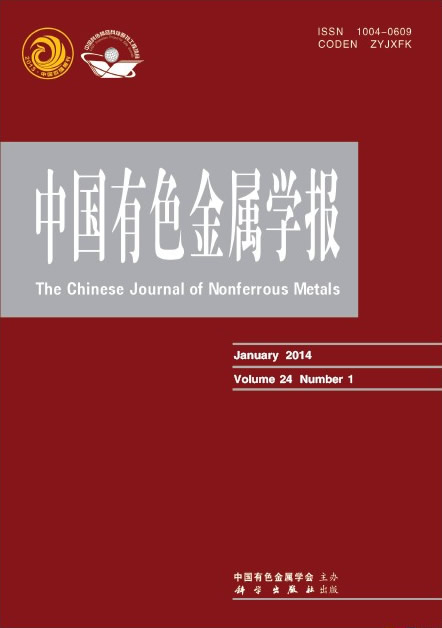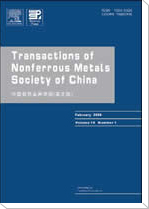特征及成矿流体
(1. 中南大学 有色金属成矿预测教育部重点实验室,长沙 410083;
2. 中南大学 地球科学与信息物理学院,长沙 410083;3. 中国有色地质调查中心,北京 100012)
摘 要: 卡尔却卡多金属矿床位于祁漫塔格成矿带,矿区主要有斑岩型和矽卡岩型两种矿化类型,均与印支期花岗闪长岩关系密切。流体包裹体研究表明,矽卡岩矿石中可见水溶液包裹体(Ⅰ型);斑岩型矿化岩体中发育有水溶液包裹体(Ⅰ型)和含子矿物的包裹体(Ⅱ型)。斑岩型矿化岩体中的流体包裹体气液均一温度在274~495 ℃,盐度介于5.9%~59.1%(质量分数,NaCl equiv,下同)之间;矽卡岩矿石样品的气液均一温度集中在137~322 ℃,盐度介于0.7%~12.7%之间。研究显示矿区成矿流体来源于富Na+及成矿物质的高温(达500 ℃)、高盐度(达60%)的岩浆流体,具有超高压特征。流体演化至290~320 ℃时由于围岩碎裂减压而发生沸腾现象,并和外来流体混合,改变流体的成分和物理化学性质,有利于成矿物质沉淀富集。
关键字: 斑岩型矿化;矽卡岩型矿化;流体包裹体;成矿流体;卡尔却卡;青海省
(1. Key Laboratory of Metallogenic Prediction of Nonferrous Metals, Ministry of Education,
Central South University, Changsha 410083, China;
2. School of Geosciences and Info-Physics, Central South University, Changsha 410083, China;
3. China Nonferrous Metals Resource Geological Survey, Beijing 100012, China)
Abstract:There are two mineralization types in Kaerqueka copper polymetallic deposit in Qimantage area, Qinghai Province, which are skarn-type mineralization and porphyry-type mineralization. Both of the two mineralization types are closely related to Indosinian granodiorite. Fluid inclusions (FI) host in porphyry-type mineralization granodiorite and skarn-type ore, and the fluid inclusions in skarn-type ore typically are aqueous FI (type Ⅰ) while those in porphyry-type mineralization granodiorite are usually aqueous FI (typeⅠ) or daughter mineral-bearing FI (type Ⅱ) as well. The homogenization temperatures of the fluid inclusions in the skarn-type ore and the porphyry-type mineralized granodiorite vary from 137 ℃ to 322 ℃ and 274 ℃ to 495 ℃, respectively. The salinities of skarn-type ore range from 0.7% to 12.7% (mass fraction, NaClequiv); and those in porphyry-type mineralized granodiorite range from 5.9% to 59.1%. The study demonstrates that the ore-forming fluids originate from magma which is high-temperature (up to 500 ℃), hypersaline (up to 60%), rich in Na+ and metallogenic material, with the characteristics of ultrahigh pressure. Fluid-boiling occurs when the ore-forming temperatures are between 290 ℃ and 320 ℃ because of breaking of wall rocks. Then the composition and physicochemical properties of ore-forming fluids are changed by mixed extraneous fluids, leading to the precipitation and enrichment of metallogenic material.
Key words: skarn-type; porphyry-type; fluid inclusion; ore-forming fluid; Kaerqueka; Qinghai Province


